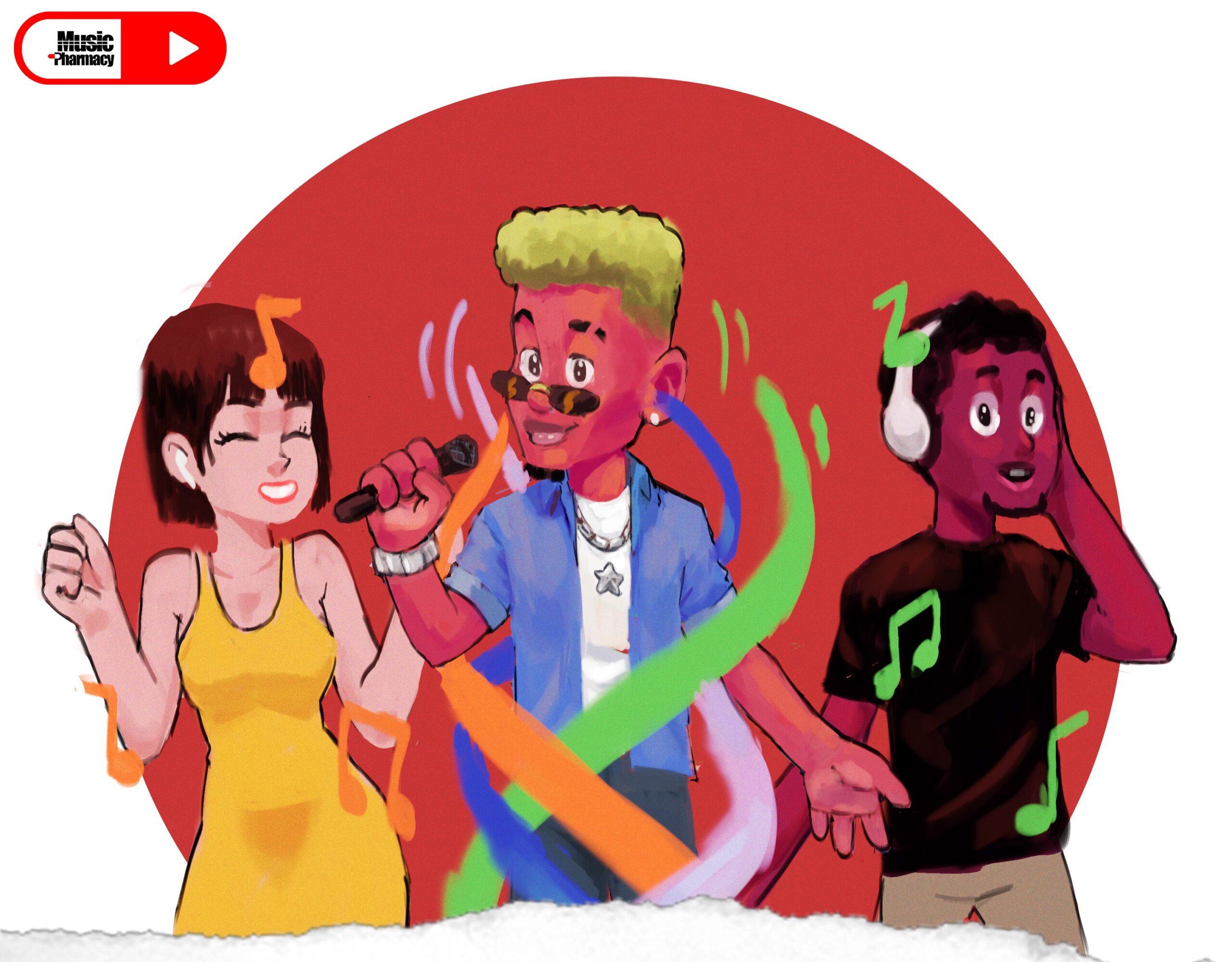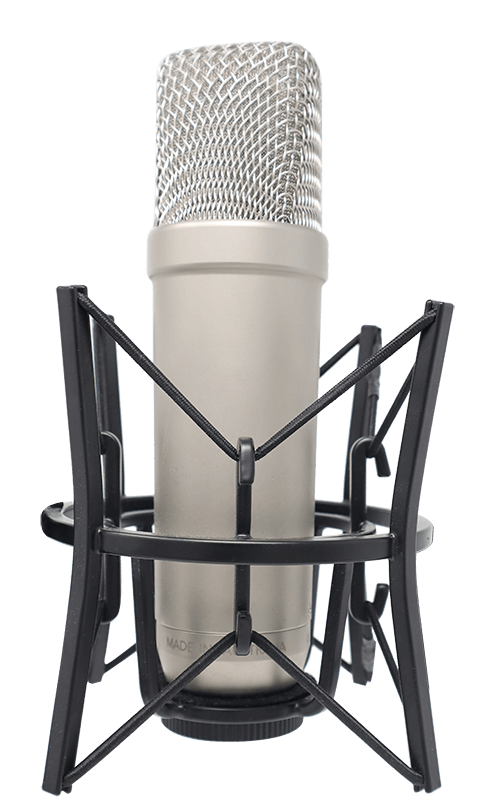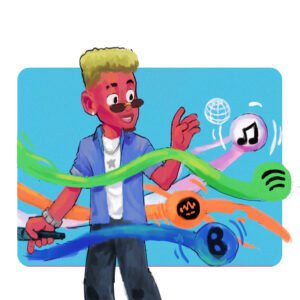
The Fourth Industrial Revolution has delivered a series of disruptions that will remake the way we consume media forever and when it comes to distributing media, the most important digital transformation has been streaming technology or the delivery of content over-the-top (OTT) of the internet. Streaming makes it easier for us to receive the entertainment we want, where and when we want it, and to interact with it, all of which older broadcasting technologies have trouble supporting.
It also brings us closer to one another and helps us feel more connected to communities of others who share our niche interests, no matter where we are in the world, provided they have a broadband connection.
Traditionally, radio was the most important way for fans to discover music and new artists. While it is still a highly relevant medium in today’s transitional phase of the music business, another discovery tool’s relevance is increasing rapidly: the playlist. The two largest streaming services, Spotify and Apple Music, both make heavy use of curated and/or algorithmically created playlists that help their users to discover new music.
And those playlists can be highly influential. Spotify’s famous hip-hop playlist RapCaviar, which Vulture once called “the most influential playlist in music”, for instance, has almost 13.8 million followers as of writing this (for comparison’s sake: Dancehall Official, Spotify’s biggest dancehall playlist has just above 919,500 followers). A song that ends its way onto it can easily blow up, as happened a few years ago with rapper Lil UziVert’s XOTour Llif3. The track was voted “Song of the Summer” at the 2017 VMAs and peaked at #10 of the Billboard Hot 100 charts – all without any significant airplay on radio.
So, artists that want to build a career in the streaming age need to master new challenges. First, they need to establish relationships with the relevant curators who can drive listens and break artists. Moreover, they need to develop tactics to engage their fans and turn them into regular streamers. This might start with the music itself, include innovative release strategies, and also the use of social media to drive repeat listens. As the rules of the game change, so do the moves that win big.
And it doesn’t necessarily require major label power behind it. If you search the web for success stories of DIY artists or those signed at independent labels, you will find that innovative, clever teams have a real opportunity.
The key, however, is to not solely rely on streaming revenues but to make it part of a broader strategy. Due to the way streaming revenues are distributed among rights owners, the biggest artists in terms of overall plays make the most money. For smaller acts, it can be a challenging environment. Thus, artists in a niche genre like reggae might find it even harder to create revenue from streams than from sales. Still, streaming presents an opportunity even to them.
One key benefit that comes with streaming music is very good data about the audience. Clever teams, for instance, use insights like the cities in which an act is most popular to plan successful tours. The precise structure of the optimal business varies from artist to artist but the streaming economy makes controlling all parts of it in an integrated manner more desirable than ever, especially in a “global niche” like reggae.
Playlist Influence On How Some Artists Make Music Lately.
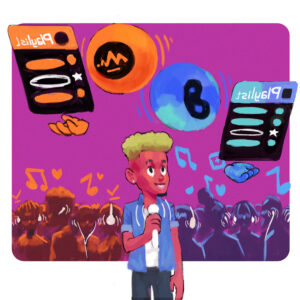
In some ways, the growing importance of playlists has started to shape new ways of how artists make, launch, and promote their music. For one, some artists have stopped releasing full albums altogether, instead of putting out singular songs in shorter intervals, as that keeps the fans engaged more easily and makes sense economically.
Some artists even go as far as to think about how they can optimize their playlist performance by writing “playlist-perfect” tracks. That includes writing shorter songs, avoiding long intros/outros to reduce skipping, inventing new genres, and also paying attention to cover arts.
“One of the main things that has changed is how people are getting paid, and it is affecting how songs are being written. In the past, you used to get paid if you sold an album or a single.
In 1995, we had songs that were coming in at four minutes and 30 seconds. Today, songs are down to three minutes and 42 seconds, because of the difference in how artists are getting paid now. Instead of getting paid by physical sales, you’re getting paid in a stream, which only counts if someone listens to 30 seconds of a song.
It actually makes sense if you can have more songs streamed at a time, which means that you want to pack your album full of much shorter songs. So if you have an album like Drake’s Scorpion, which is a really long double album coming in at almost 90 minutes, he’s got a ton of really short songs on there, because he gets paid for every song you listen to, whether or not you listen to the whole album” – according to Charlie Harding (Music Journalist & Songwriter).
Not only are songs getting shorter, but the way artists are introducing their songs is changing. Gone is the era of long intros that sort of slowly get you into the song.
Today, we are not only seeing songs getting shorter but there is a sort of a new song structure that we have observed that we have called the “pop overture”, where basically a song, at the very beginning, will play a hint of the chorus in the first five to 10 seconds so that the hook is in your ear, hoping that you’ll stick around till about 30 seconds in when the full chorus eventually comes in.
The Dry Streams Paradox In Playlisting Era.
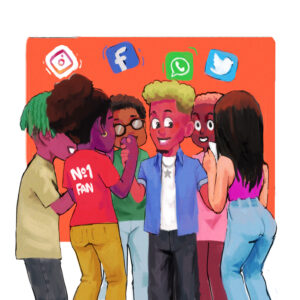
However, as the growing importance of playlists shapes the way artists promote their music, there is an eruption of a mirage that may impede certain aspects of an artist’s career physically. Are you unable to reconcile an artist’s streaming figures with the number of genuine fans? Then your favourite artist might be suffering from “The Dry Streams Paradox”.
This is a situation where millions of streams for a song driven by a popular playlist on Spotify, Boomplay, Tidal, or Apple Music don’t translate into engaged fans for the artist who recorded it. Perhaps, ticket and merchandise sales? Being featured in large and prominent playlists might be good in the short term for initial streams, but it doesn’t automatically foster a healthy and committed fanbase.
A challenge that a growing number of artists are facing: that placement of their tracks on popular streaming playlists might generate streams, but not necessarily lasting engagement from those listeners. Indeed, many of them might never know who the artist is or even what their track is called. “Being featured in large and prominent playlists might be good in the short term for initial streams, but it doesn’t automatically foster a healthy and committed fanbase,” says Isabelle Ljungqvist, digital marketing coordinator at Music Ally.
The phenomenon of dry streaming is perhaps no surprise, as the industry shifts towards a playlist-driven culture. Labels can make good money with a well-crafted strategy of releasing a steady flow of tracks and pitching them effectively to relevant playlists. But for artists who want to build engaged followings, the fundamental problem with dry streams is that they put them at the mercy of the streaming platforms.
Recently more managers and labels who are, if not abandoning playlists altogether in their strategies are certainly putting more focus on organic methods of growing their audience. This involves all kinds of marketing, physical and digital, whether that will be a good Instagram strategy, frequently playing live, and even TV or radio or bits of the press: all the things that make the artist more than just a name and an icon through a playlist.
This kind of storytelling requires careful planning, as well as concentration on the kind of marketing skills, from creating engaging social posts to working on your mailing list – that can get overlooked in the scramble for playlist slots. That is where tracking, remarketing, and digital advertising and promotion back to these people comes in. You need to be able to figure out who your audience is by using the tools provided.
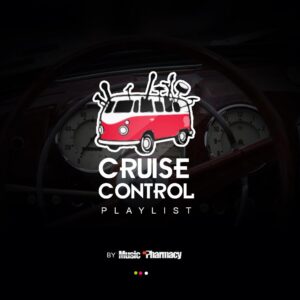
Therapeutic Experience…
You are just a click away from experiencing cool, calm, and mellifluous vibes to nourish your soul curated and updated monthly by The Music Pharmacy.
Available below with Audiomack, Apple, Spotify, and Boomplay.
Streaming Links:https://li.sten.to/hrNc1wR
The Music Pharmacy uses the power of music to develop content, campaigns, and awesome experiences that serve marketing objectives that are entirely focused on entertaining, creative, innovative, educative, connective, and unmatched marketing communications.
In this regard we offer talents including artists and record labels, communities, media outlets, and brands consultancy services, given and interpreting modern technological data insights and analytics galvanized with strategic and tactical planning through to execution beyond music. Click here to have a full view of our services.
Submit your song(s) for a playlist consideration

